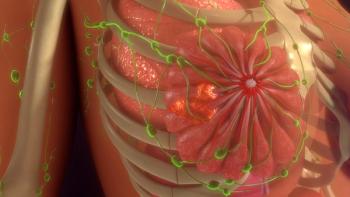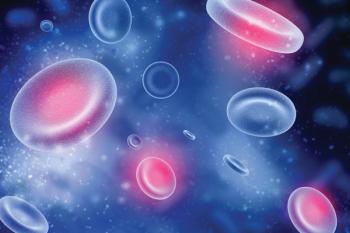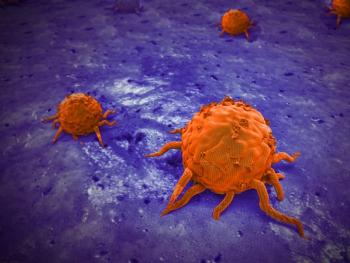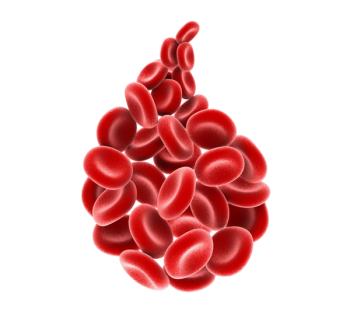
Courtney DiNardo, MD, on Study Methods Evaluating a Doublet, Triplet Regimens in AML
At the 2020 ASCO Virtual Program, Courtney DiNardo, MD, presented on a study of the combination therapy consisting of ivosenidib plus venetoclax with or without azacytidine patients with IDH1-mutated acute myeloid leukemia.
At the 2020 ASCO Virtual Program, Courtney DiNardo, MD, presented on a study of the combination therapy consisting of ivosenidib (Tibsovo) plus venetoclax (Venclexta) with or without azacytidine (Vidaza) patients with IDH1-mutated acute myeloid leukemia (AML).
In an interview with CancerNetwork, DiNardo, associate professor of leukemia at The University of Texas MD Anderson Cancer Center, discussed the study methods.
Transcription:
It's a phase 1 study, and as of now all of the patients enrolled have been at MD Anderson. Although we are seeing nice responses and we're trying to expand the study to other sites. So in the future that will be the patients enrolled at other sites.
But for right now, it is a single institution study at MD Anderson and we are testing first the doublet, so the IDH1 inhibitor ivosenidib with venetoclax at the dose of 400 and the dose of 800 (respectively). And the reason we're doing that is because ivosenidib is an induced, so there's drug interactions. And so when you're giving ivosenidib, it tends to kind of induce the metabolism of venetoclax, you may actually need a higher dose event.
So the first part of the study really is just determining that we have the right dose in combination. And so there's those 2 different cohorts of the doublet and then we’re evaluating what we're calling the triplet regimen where we add azacytidine and the venetoclax levels of 400 and 800.. So right now, we finished the phase, the cohort 1 and cohort 2, which are those 2 different doublet doses and we're now enrolling into the first of the triplet cohorts.
Newsletter
Stay up to date on recent advances in the multidisciplinary approach to cancer.


















































































